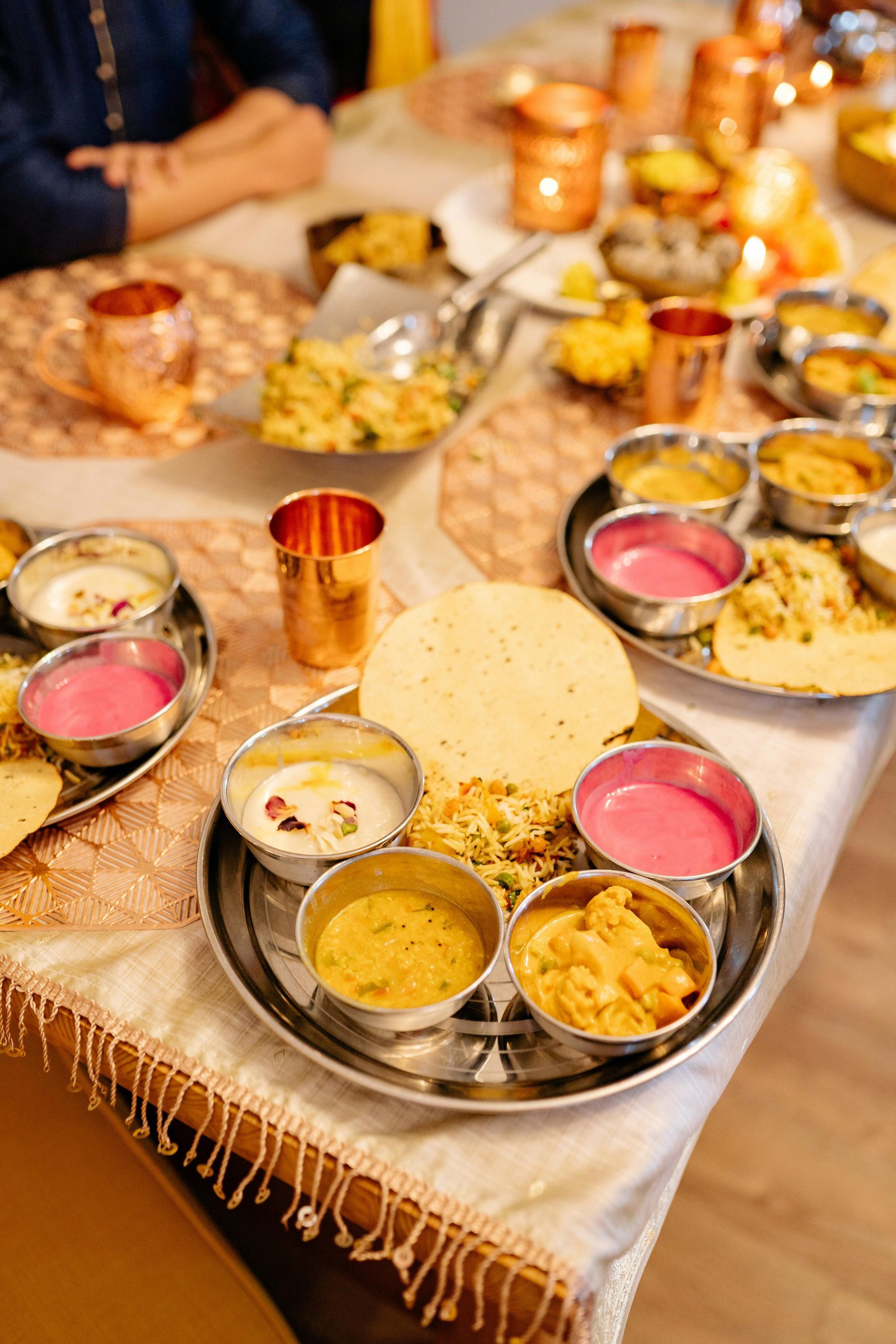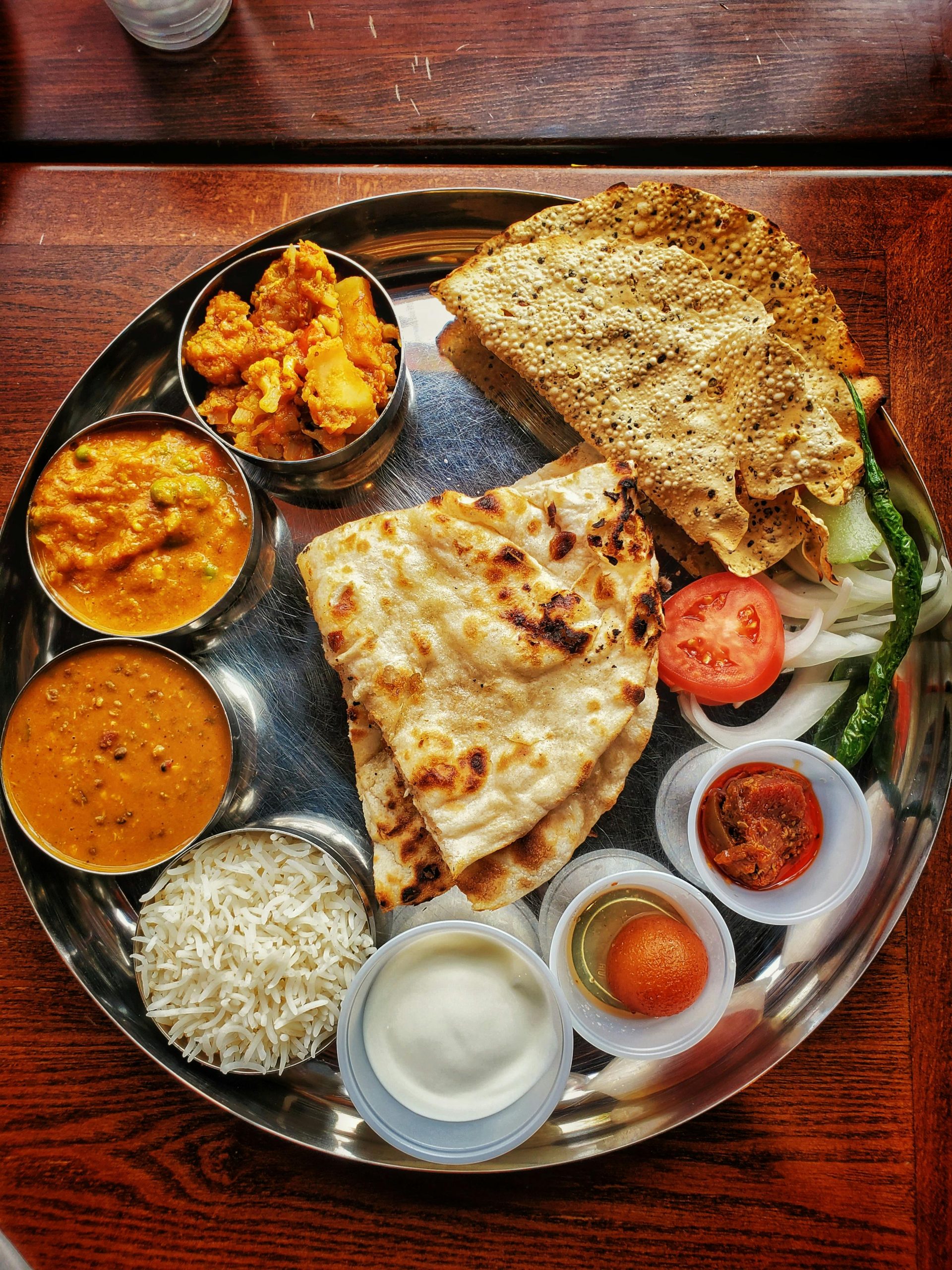The signalling of time in the age of being chronically online is an interesting phenomenon. A few days ago, as I was in my regular mood of doomscrolling, the shift in passage of time from September to October was made known through the flourish of shiuli flowers on my Twitter timeline. For a brief moment, I had to focus all my senses on that particular photo, scarf down the air to come to the realisation that October had finally arrived, and with it, the Navratri. How strange – how the shift in time was so mechanical but the realisation hinged on the senses. The next day, when I stepped out for work, I finally smelt October in the air.
As a child, the month of October was marked by an awakening of the sensory. The sun on the skin, the residual smell of havan tendriling its way into the nostrils, the sight of shops adorned with clay idols of Durga, the gentle tunes of Durga bhajan, and the consequent humming to them. The arrival of October was an organic primer to Navratri that occasioned no social media introduction.
My earliest memories of Navratri also have a gustatory tinge. A week before the grand fasting during Navratri, Mamma would painstakingly prepare a list of items, satvic mostly, that were essential to her fasting diet. She was, and continues to be the only one, to fast all nine days. We (my father, sister, and I) were good fits only for the first, and the last day of the Navratri. A mental jogging down through that list continues to awaken my sensory – still. Laung (clove), Elaichi (cardamom), singhare ka atta (water chestnut flour), sendha namak (himalayan salt), kuttu ka atta (buckwheat flour), saboodana (tapioca), tej patta (bay leaf), garam masala (spices), kesar (saffron). And how heavenly our home smelt on the first day – puris fried in coconut oil, the aroma of aloo fried in ghee, sabudana ke pakode fried in ghee… Navratri fasting was indeed Navratri feasting for us.
In 2015, I came to Delhi to pursue my undergraduate studies. Although there was a latent inkling that the things I had taken for granted would spell out their absence with intensity, I had still not registered their greatness. October arrived, and although my sensorial metre was able to appreciate the spatial change, I could not manipulate my memory into a gustatory delight. To make matters worse, I was away from home, and it naturally translated into fasting alone.
Armed with resolute ingenuity, I was eager to not let go off fasting so easily. More than a religious requisite, it was a family “thing”, a family ritual of sorts that I held very dear and was in no position to compromise. Since I have a small appetite, I knew I would not get “that” hungry anyway. However, I still had to eat to sustain my fasting spirit. I knew I could manage my minor meals – dry fruits, tea, coffee, yoghurt – all so easy and manageable. However, my mind was preoccupied with the question of larger magnitude – how to go about my major filling meal? Necessity is the mother of invention, better still, necessity is the mother of improvisation. And so it came to be – I ordered french fries at Kamla Nagar McDonald’s – without salt. I took the fries to my paying-guest accommodation (pg), sprinkled sendha namak, and had my fill. What a fulfilling meal it was – so much so that until I moved to a new pg that provided an induction to us, this meal became my signature Delhi Navrarti fasting major meal!
Two years later, I moved into a pg that was more accommodating than my previous one. They had provided us with an induction stove, which meant that we had the liberty to satiate our cravings – be it “midnight” or born inevitably out of hunger from bad pg food. The provision of the induction proved to be a boon during my fasting days. I, no longer, had to rely on McDonald’s food (in all honesty, this was the time when the chain had run into dispute with its local partner, Connaught Plaza Restaurants, and had closed down temporarily). However, more than the stove, it is the singular memory of my then-pg mates helping me prepare food during my fast that is etched bright. I distinctly remember that day because I was running late for my morning lecture, and the geyser seemed to have sensed my impatience and refused to function appropriately. I was at a terrible loss – of words, actions, and thought. My worry seemed to have sketched itself on my face, prompting my room-mate to enquire after the cause. She volunteered to boil the potatoes for me, and I was more than happy. By the time I was back, half my work was done. I only had to put in some salt, the soaked sabudana from the previous night, some chopped tomatoes, coriander leaves, and I was done. My major meal of the day was made possible because of my pg mates stepping in – from boiling potatoes to skinning them, and frying cutlets, I had had my heart’s fill that day.
Post the pandemic, when I moved to Sonipat to start my new job, I was again at a loss. Two years of staying at home had rusted my cooking skills, and resourcefulness. Moreover, Sonipat also had limited scope to nurture resourcefulness. As luck would have it, my workplace provided Navratri meals – what a relief this was. I no longer had to worry about meal preparation.
The shift from home in Lucknow to “home” in Delhi, and Sonipat was pronounced by shift in dietary arrangements. However, it also underscored the invisible labour that Mamma is subject to. I could delight in fasting during the Navratri while at home because mamma would cook up a feast for us. However, when it came to preparing a “feast” for myself alone, I saw cooking as a chore, and was ready to take the easy way out, be ready with some jugaad. Unlike the juvenile sensorial delight, I was taken in by the anxiety of “what to cook” on the first day of fasting during Navratri.
The idea of feasting during fasting is structured around invisible labour – one that escapes our attention until we are subjected to it. It is this ignorance of invisible labour that allows us to savour the delights of the festive season without any worries. The essence of feasting, and festivals dwells in being together – it does not matter if you are fasting or not, but to be able to lend a helping hand, to be mindful – these thoughtful gestures texture the fabric of festive warmth, allowing everyone the pleasures of relishing the festival.

Glossary:
shiuli: night-flowering jasmine
Navratri: literally means “nine divine nights”, a celebration of the nine forms of Goddess Durga
satvic: pure (vegetarian)
aloo: potato
sabudana ke pakode: cutlets made from tapioca

